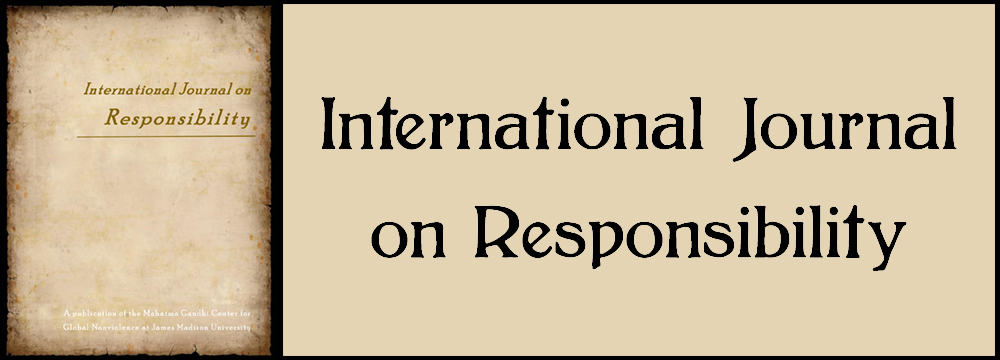
Abstract
“They cry Peace, Peace, but there is no peace.” Jeremiah’s complaint resounds loudly in a period in which many of the most intractable social conflicts are products not just of prejudice, malice, or misunderstanding, but also of the normal operations of structurally violent systems. This essay begins by outlining and modifying the theory of structural violence originally presented by Johan Galtung. It goes on to describe several types of conflict-generating systems, including the capitalist economy that produces crime and mass incarceration and the neo-empire that produces terrorism and the “war on terror.” Finally, it inquires into the responsibility of would-be conflict resolvers for system transformation, stressing the need for new forms of conflict resolution theory and practice, and suggesting several processes that might help to satisfy this need.
Recommended Citation
Rubenstein, Richard E.
(2017)
"Responsibility for Peacemaking in the Context of Structural Violence,"
International Journal on Responsibility: Vol. 1:
Iss.
2, Article 3.
DOI: https://doi.org/10.62365/2576-0955.1019
Available at:
https://commons.lib.jmu.edu/ijr/vol1/iss2/3
DOI
10.62365/2576-0955.1019
Creative Commons License

This work is licensed under a Creative Commons Attribution-NonCommercial-No Derivative Works 4.0 International License.


